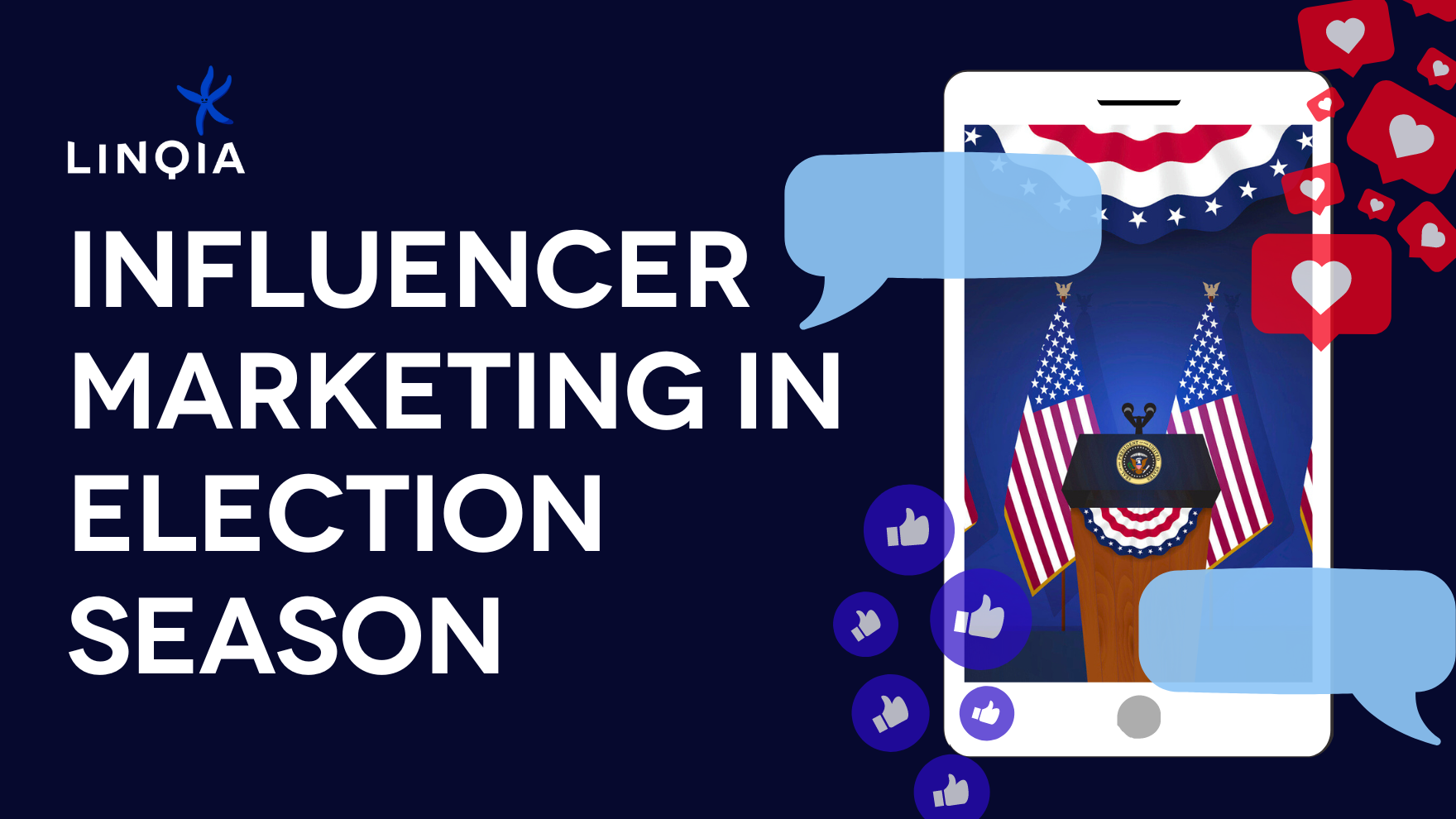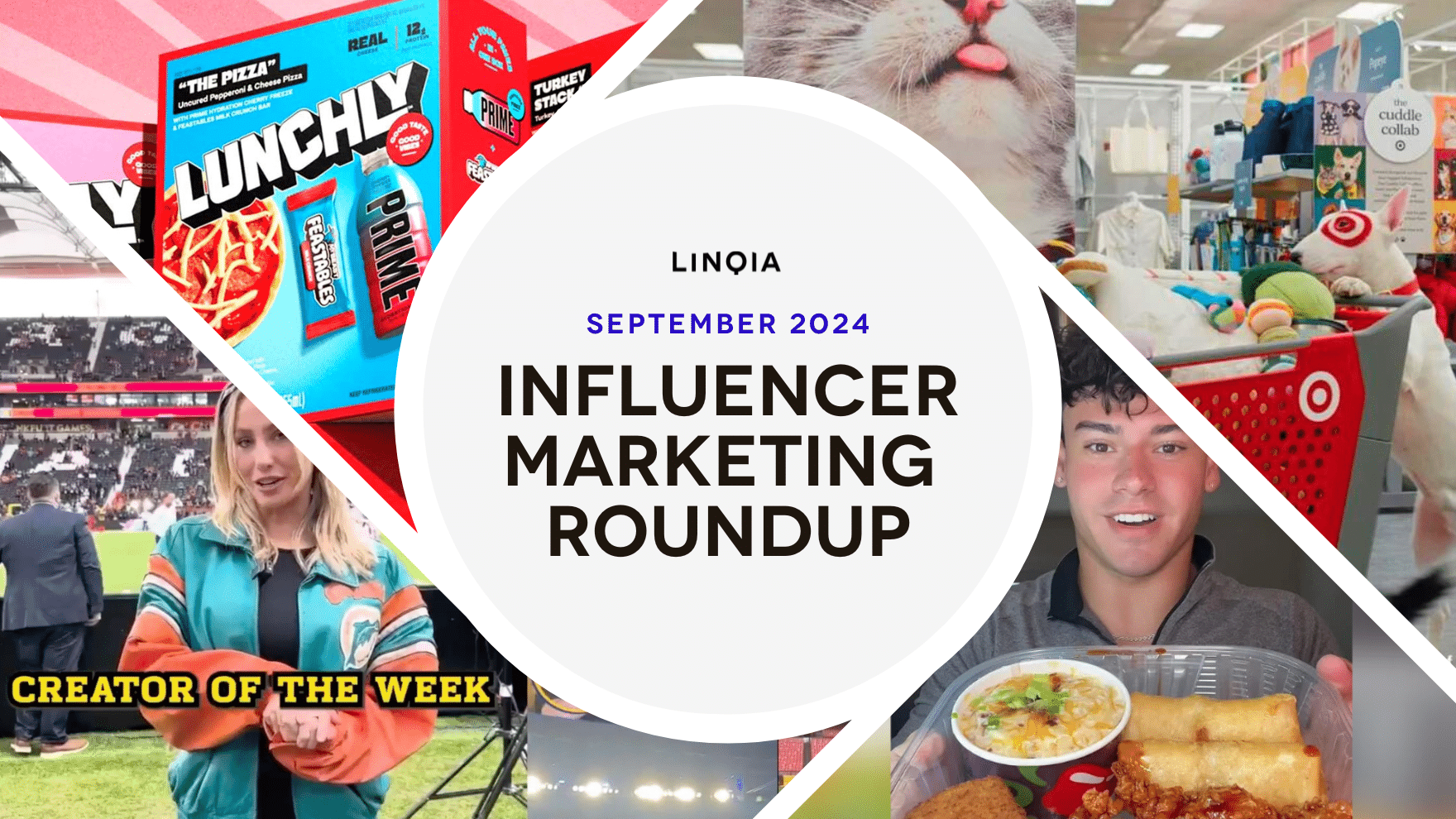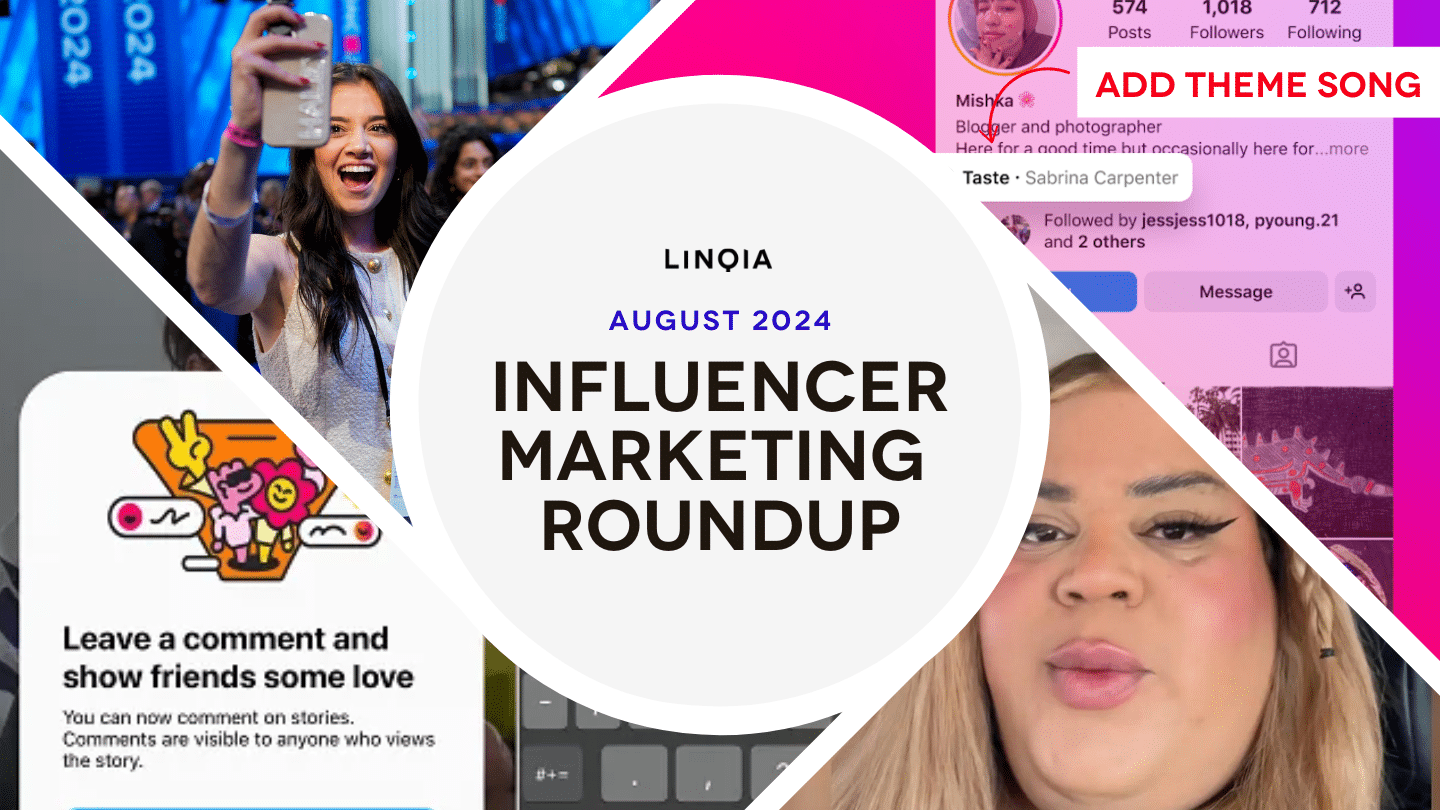Move out of the way Baby Boomers. Millennials are now the largest living generation in the United States, according to Pew Research. And marketers today share the same concern as their counterparts from a few generations ago: How do brands reach and effectively market to a large group that possesses so much buying power?
For decades, brands found success with paid media tactics – air a commercial during the evening news, place an ad in the Sunday paper, run a bit on a popular radio station during rush hour. But it isn’t that simple for marketers today as they have the daunting task of marketing to Millennials – a generation where fewer than 3% trust TV news and magazines.
Millennials Love Social Media… Not Branded Social Ads
Today, 70% of Millennials spend nearly 25% of their days on social media. In an attempt to reach younger generations, brands have continued to increase their budgets for social advertising. In 2015 alone, nearly $24 billion was spent on paid social media, a number that is projected to increase 50% and hit nearly $36 billion by 2017.
So, are brands reaching Millennials? Technically, yes. Social media users have seen an influx of paid advertisements pop up in their feeds on Facebook, Twitter, Instagram, Snapchat, etc. But are these brand-generated ads effective? Not so much. It turns out Millennials aren’t fond of social ads, either, as many have stopped using networks altogether if they feel directly targeted by ads.
But that doesn’t mean brands should halt their social advertising efforts completely – it means they need to adjust their strategy to make their efforts more effective. As Millennials continue to age into active consumers and primary purchasers for their households, it’s imperative that brands stay relevant, which requires reaching Millennials where they spend their time – on social media.
Social Advertising is More Effective With Influencer Marketing
Brands can make social advertising more effective by changing the type of content they put paid media behind. Rather than promoting brand-generated content (which Millennials clearly don’t trust), more brands are putting paid media behind the content created from their influencer marketing programs. Working with influencers – individuals who have gained the trust and loyalty of their audiences and can inspire action – enables trusted peers to have real conversations about brands and products. Rather than an ad telling people what they want, influencers are able to show their audiences what they need and why.
Influencer marketing programs build a repository of authentic, influencer-generated content then identify the best performing pieces so brands can target lookalike audiences and promote content that is proven to inspire action. Brands that incorporate user-generated content (UGC) into online and social campaigns see increased numbers across the board, including: a 50% lift in engagement, 5-times greater click-through rates, and a 10% increase in conversions when included in the online purchase path.
At the end of the day, people trust people and brands should capitalize on that trust when launching social ads. Running an influencer marketing program then amplifying the best performing pieces of content with paid social media is a surefire way to effectively reach Millennials in the places they dwell with the voices they trust.
Influencer-generated content inspires action in this generation, whether it’s in the form of a purchase or a desire to learn more. Get in touch with our team today to see how influencer marketing can amplify your social advertising efforts and keep your brand relevant to Millennials.




